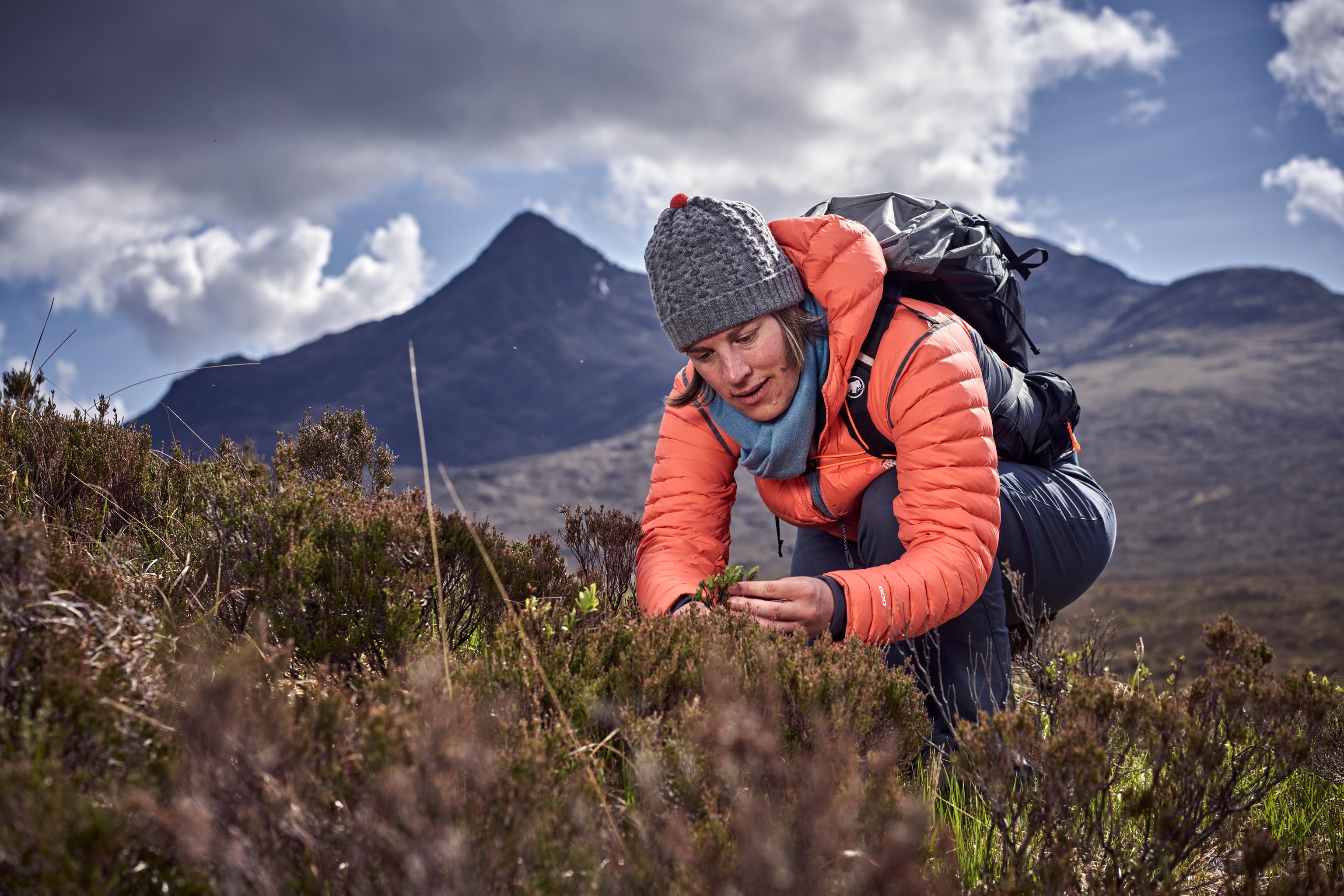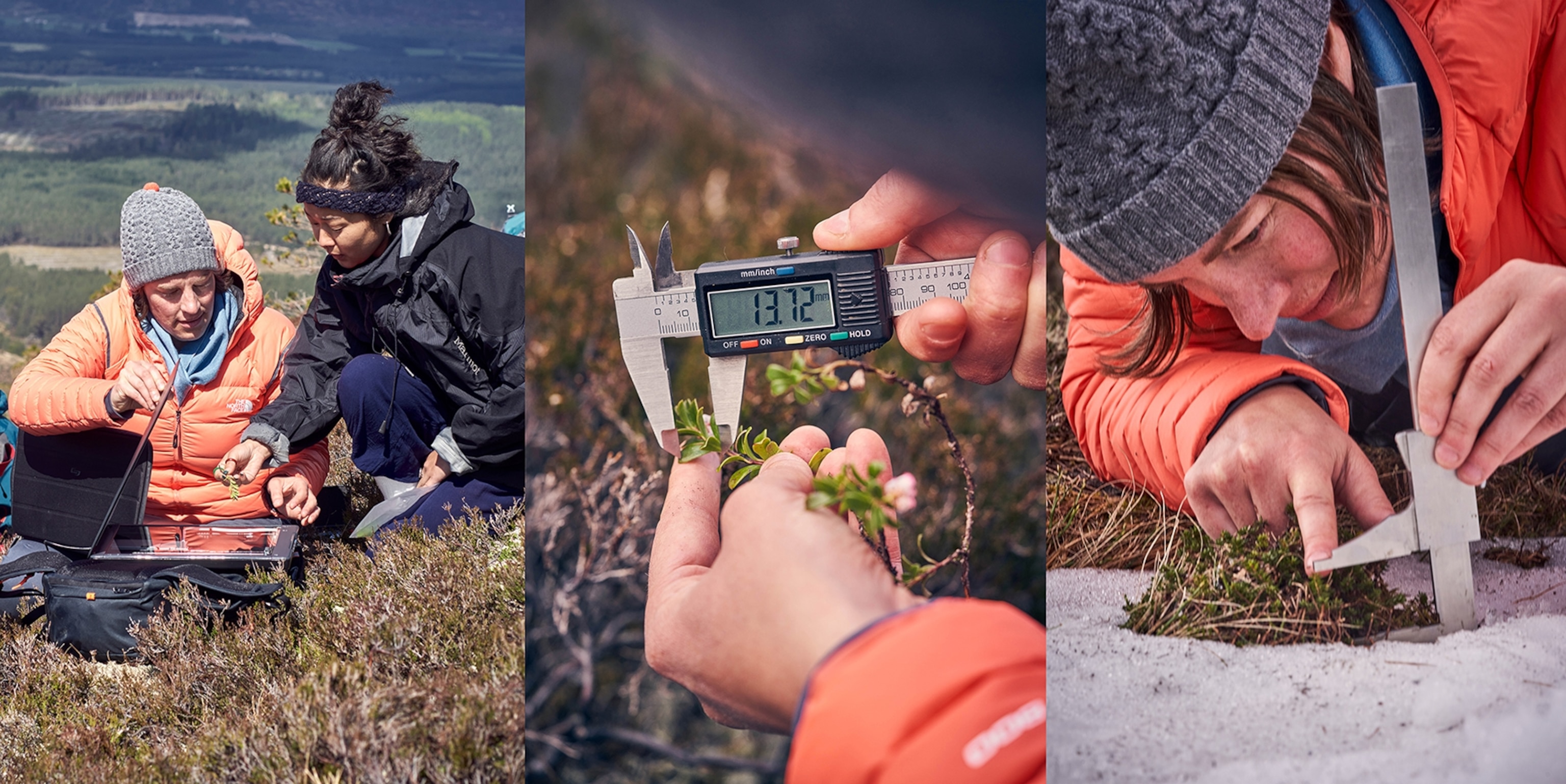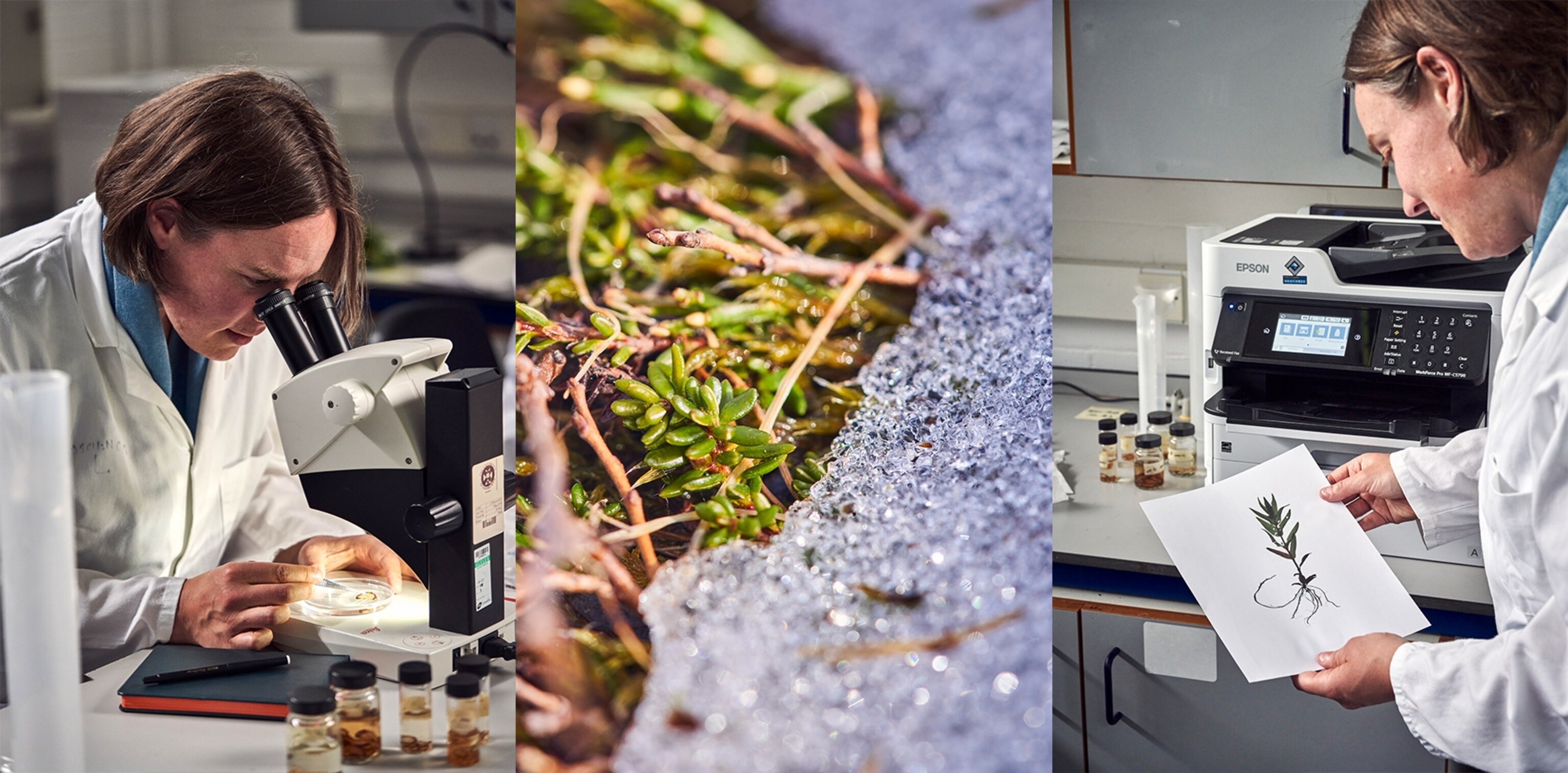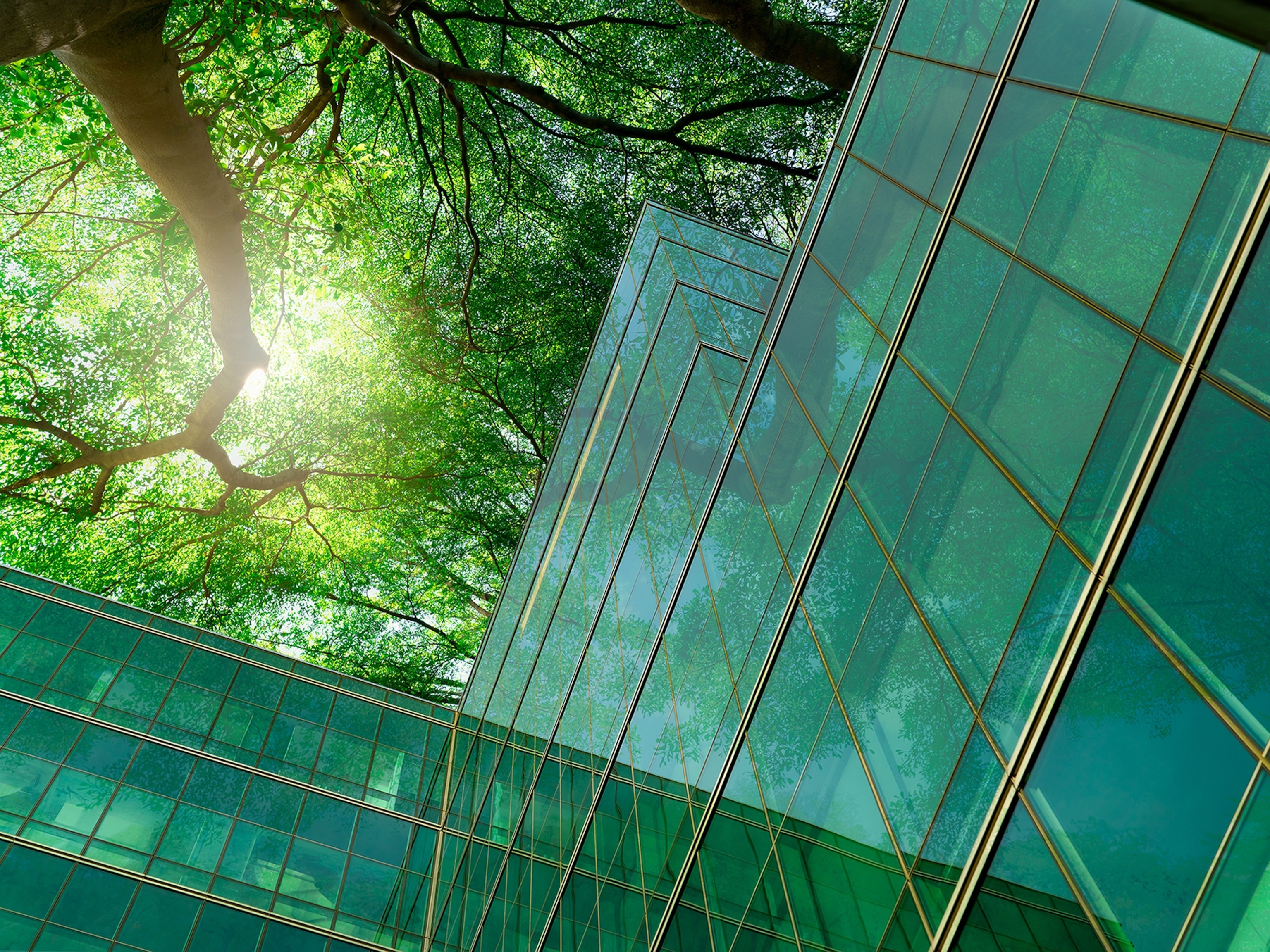
The greening of the Arctic tundra
Ecologist Isla Myers-Smith researches how tundra plants respond to climate change and what it means for future ecosystems.
On the North Slope of Alaska’s Brooks Range, Isla Myers-Smith knelt in the green vegetation of recently thawed earth. She’d only just laid eyes on the treeless Arctic tundra for the first time earlier that day. Up to this moment, her life had been defined by trees. She was a Masters student in Fairbanks studying the climate change impacts of wildfire in forests, and before that, she grew up in Vancouver, British Columbia, amid the enormous trees of the coastal rainforest. But sitting there on the ground, holding the leaves of a shrub that even then was visibly responding to a changing climate, an idea took root in her mind that the wide-open landscape of the tundra was where her life’s work might lay.
That day was nearly twenty years ago. Now, the tundra landscape is transforming more dramatically as temperatures change and warm seasons lengthen, with tree lines creeping upward in elevation and plants growing to new heights in what’s called “the greening of the Arctic”. And Myers-Smith, now a PhD-holding ecologist, National Geographic Explorer, and professor at the University of Edinburgh in Scotland, leads a team of researchers studying this shift. They focus on shrubs, the woody species of the tundra that seem to be able to respond relatively rapidly to warming conditions. Her field work takes place mostly in the Canadian Arctic of the Yukon Territory. The last couple of years though, due to pandemic travel restrictions, her team has been conducting research in an area closer to home: the Cairngorm Mountains of Scotland, that hold the last remaining tundra patches in the United Kingdom. At the warm edge of the tundra biome, patches like these at the tops of mountains are slowly shrinking as trees edge upwards.

Among other things, Myers-Smith and her team study the leaves of individual plants to understand how shrubs respond to warming. How the roots behave are also important parts of the scientific story, but in this ecosystem where the ground freezes and thaws throughout the year, it’s impossible to leave a camera underground to film what’s happening beneath the soil. Instead, the team brings core samples from the ground—essentially shrub roots growing in peaty soils—back to a lab to measure how roots respond to warming over the course of a season, as well as year after year. For this, Myers-Smith’s team uses a printer with a high-resolution flatbed scanner, in this case a printer equipped with Epson’s Heat-Free Technology that consumes low power. The choice in using a more efficient appliance isn’t an accident; it helps minimize the team’s impact on the environment in their research. Much the same way Myers-Smith’s research encompasses both landscape and micro scales, our efforts to mitigate climate change must involve both large-scale solutions and the everyday actions of individuals—like choosing energy-saving appliances in our homes and workplaces.

“Coordinated actions will lead to more climate change mitigations,” Myers-Smith acknowledges. “But individual actions allow you to have power and involve yourself in the issues, which is still just as important. I think about that a lot when I’m in the Arctic, about the people living there and the actions they take. For them, it’s often just sharing what’s going on up there with the rest of us. And then we can change our lifestyles and also advocate for larger-scale change.”
While Myers-Smith and her team usually work mostly in the Canadian Arctic, tundra permafrost covers nearly a quarter of all land in the northern hemisphere, including in Alaska, Canada, Greenland, Iceland, Scandinavia, and Russia. Her team compiles data from scientists all over those regions.
“If you find something at your own field site, that doesn’t mean it’s happening at the next field site,” Myers-Smith says. “But if you have people working at, say, sixty different places across the Arctic, and most of those sites are seeing the same kinds of change, that convinces me it’s a general signal.”

The Arctic has warmed more than twice as fast as the rest of the world, partly due to the cycle of change that Myers-Smith studies. As temperatures warm, permafrost thaws, releasing some of the 1,700 billion tons of carbon—almost twice the amount as the atmosphere contains—stored in it, mostly in the form of partially decayed ancient animals and plants. And as the ground warms, plants grow taller and denser, capturing snow that works as a blanket to insulate the ground and further accelerate warming to release more carbon. Myers-Smith has also studied a counteracting factor of the greening tundra to warming: that new shade from taller plants might keep ground beneath cooler during summer. “Summer shading offsets the winter warming a bit,” she explains, “but the question remains if it will continue to do that as we see more and more warming in this system.”

As the tundra greens, Myers-Smith says that we’re seeing strong implications for wildlife, particularly animals that people care about and depend on. The timing of when plants green up in the spring influences when caribou start their migration, where they end up in the Arctic, and the nutrients in their milk for their calves, all of which could impact caribou numbers. Other animals, like moose and beaver, are also moving north out of boreal forests as the tundra greens.
But the fact that these noticeable impacts are happening regionally doesn’t mean that those of us who don’t live in this landscape can ignore what’s happening.
“A lot of us think of the Arctic as this very faraway, remote place. But nearly everywhere in the world is home to somebody,” Myers-Smith says. In addition, she points out, the way that global systems work means that accelerated warming in the tundra will eventually make its way south. “Change matters everywhere, and so do our actions.”



